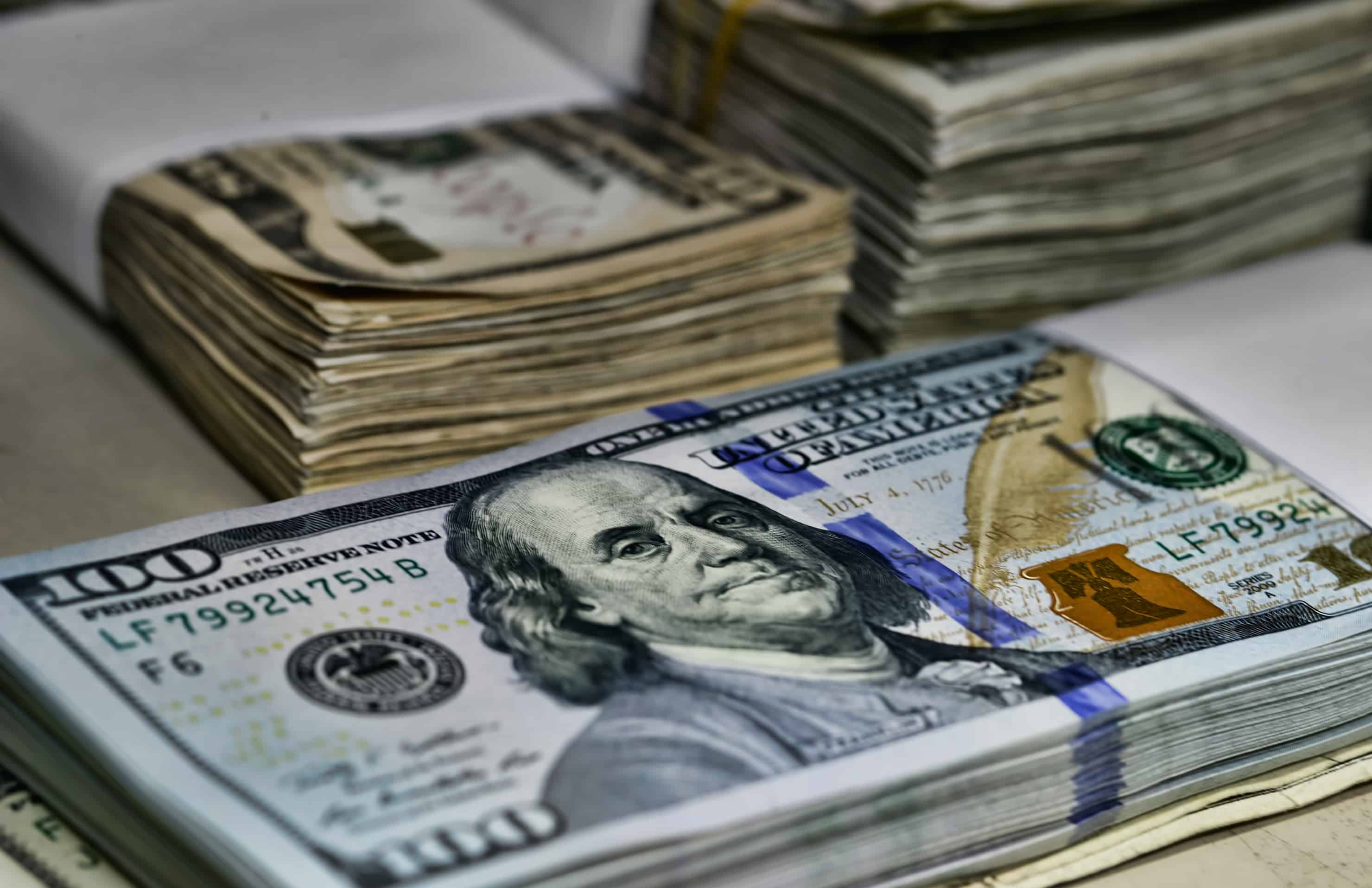United States President Donald Trump signed the One Big Beautiful Bill into law on July 4, introducing a new surcharge for most non-immigrant US visas. The legislation adds a $250 “Visa Integrity Fee” to existing charges, significantly raising the cost of entry for many Latin American travelers—including those from Costa Rica, Mexico, Colombia, Argentina, and Brazil.
Under the new law, the popular B1/B2 tourist and business visa will rise from $185 to $435, affecting countless Latin Americans who travel to the US for family visits, business, or short stays. Students applying for F or M visas, participants in cultural exchange programs with J visas, and temporary workers under H-1B, L, O, P, or R categories will also face the new fee.
Diplomatic visas (A and G) and travelers from Visa Waiver Program (VWP) countries such as Chile are exempt. However, Costa Rica is not part of the VWP, meaning Costa Rican citizens must apply for visas and pay the new charge.
The fee takes effect on October 1, 2025, at the start of the US fiscal year. The timing raises concerns, particularly with the 2026 FIFA World Cup expected to draw thousands of visitors to the United States. Many Latin American applicants save for months to afford the visa process, and the additional cost may deter travel plans.
In Mexico, where millions seek US visas annually for family reunification and border visits, the fee could deepen financial strain. In Argentina, already grappling with high inflation, the increase may block vacations or business opportunities. In the Dominican Republic, Ecuador, and throughout Central America—including Costa Rica, Guatemala, and Honduras—the fee compounds long wait times and growing backlogs at US embassies.
Applicants will pay the fee when the visa is issued. While some reports describe the fee as non-refundable, the law includes provisions for reimbursement—but only after the visa expires and if the holder complies with all conditions: no unauthorized work, no overstays (except within five days with proof of departure), and correct handling of visa status changes or extensions. If ineligible for a refund, the funds go to the US Treasury’s general account.
Although the initial fee is set at $250, the Secretary of Homeland Security has the authority to raise it through regulation. Starting in 2027, the amount will adjust annually based on the Consumer Price Index.
Applicants can avoid the extra charge by submitting their visa requests before October 1, 2025. Those interested should visit the US Embassy website in their country—such as here in San José, Mexico City, or Bogotá—and begin gathering required documents, including proof of financial solvency, ties to home, and purpose of travel.
The new law also includes increased border security funding, which critics across Latin America interpret as a tightening of US entry policies. Many argue the fee disproportionately affects low-income applicants and risks widening inequality in regional mobility.
As the deadline approaches, travelers are urged to monitor announcements from the US Embassy and plan accordingly. For those considering trips to the US in 2026, budgeting for the new $435 visa cost—and applying early—could make all the difference.







